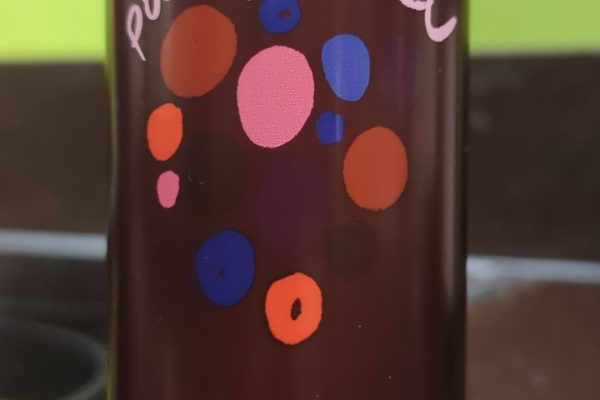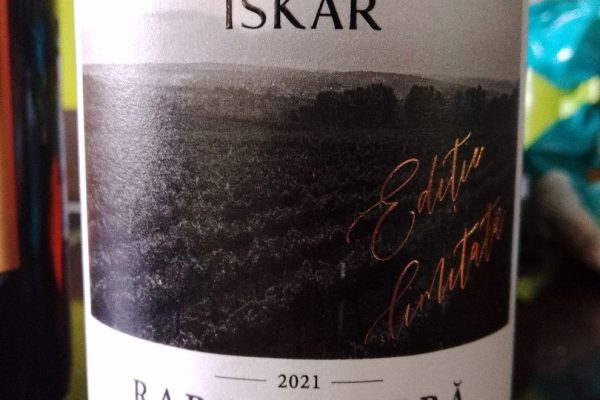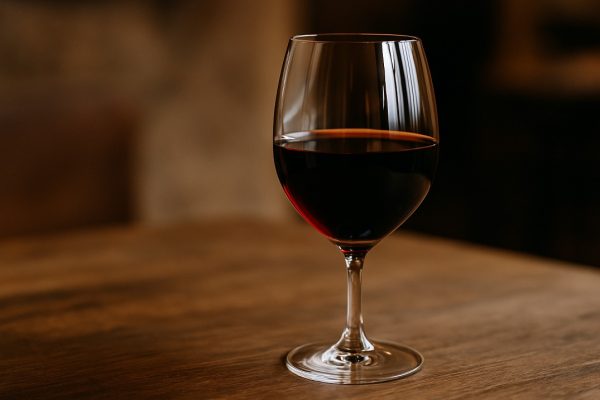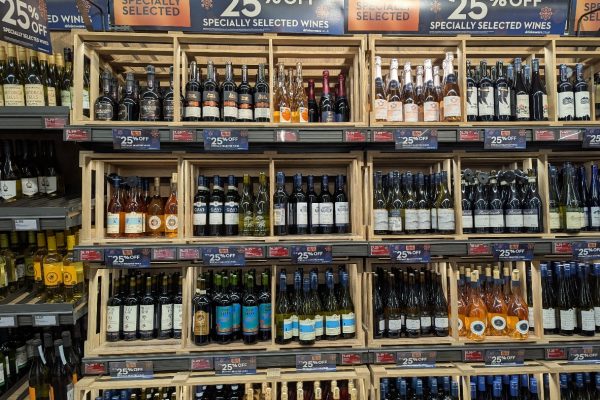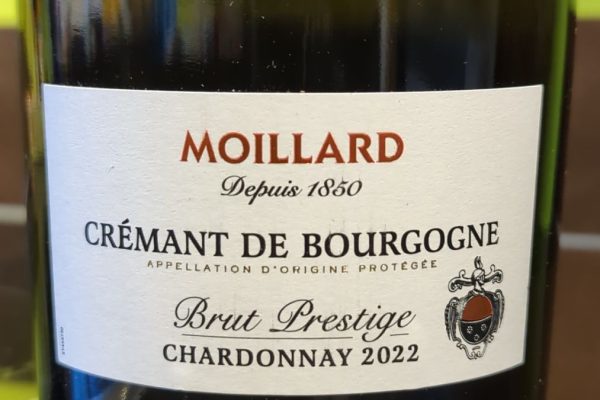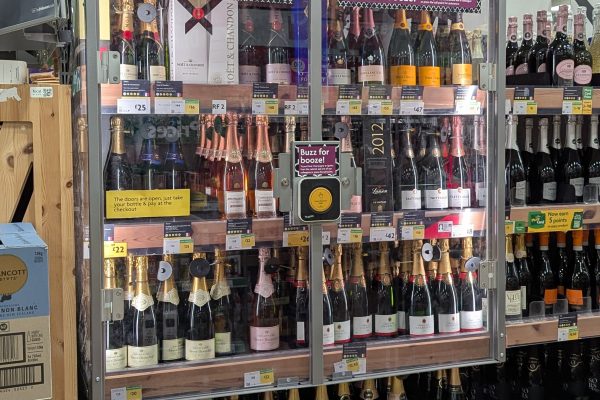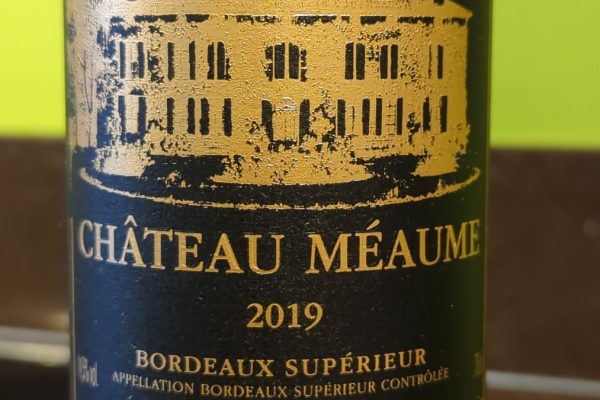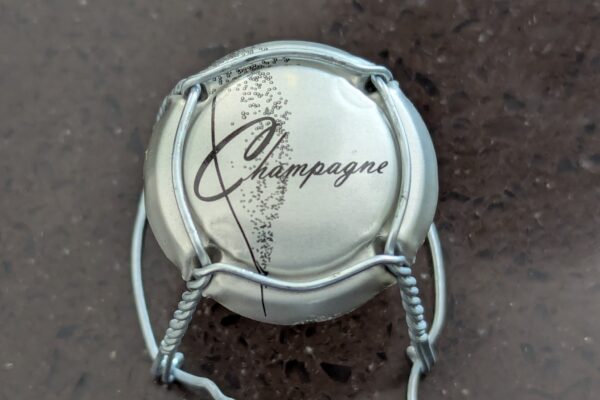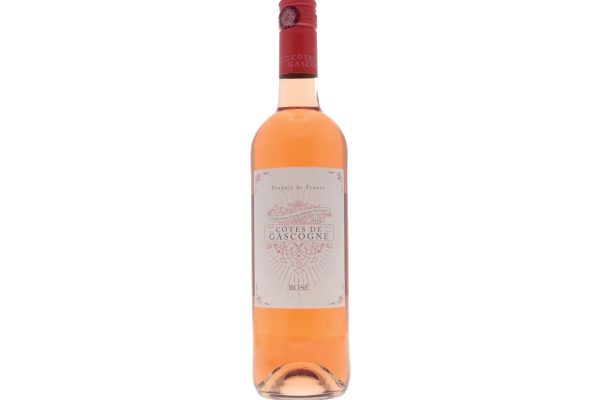
I’ve been to a lot of large wine tastings over the years, and this post is a reflection on their merits rather than a commentary on the individual events themselves. By large, I mean tastings that include at least 100 wines, though some can offer many hundreds and even 1000s.
My typical flow of such events involves working through whites, then rosés, followed by reds. Within each category, wines are usually presented in order of increasing body, which often, though not always, aligns with increasing price. In general, I taste each wine just once, though occasionally I’ll revisit a wine if I’m unsure about it the first time. With such a volume of wines, spitting is of course essential.
At one trade tasting, a sommelier representing a producer, suggested that I should really consider mixing trying whites and reds during the tasting, rather than following the usual sequence. His reasoning was that the acidity in many whites can linger on the palate and affect how the reds come across afterwards. I also know a few colleagues who usually start with the reds first. I’ve never been brave enough to try variations myself as I am in a bit of a habit and reluctant to disrupt the structure I’ve grown comfortable with. Maybe, one day, I’ll give it a go.
Unlike some wine writers who feel compelled to rate every single wine, perhaps for future articles, I focus only on those that strike me. I make notes and take photos of only the wines I find exceptional or particularly interesting. I have respect for others who manage to capture meaningful impressions of so many wines without becoming repetitive or vague as it demands real concentration. My own approach is to make quick notes during the first pass, then return to the most promising ones for a more detailed tasting. Sometimes I swallow at this stage and if food is on offer, I might try the wine with that too.
Large tastings have their advantages. They allow for assessment of a broad range of wines in a short time and it’s incredibly helpful to be able to compare similar styles side by side. You can get a strong sense of a range or a region’s characteristics in a single session. However, I can’t help but feel that some wines don’t show their best in this format.
There have been occasions where I’ve tasted a wine in a more intimate setting and found it superior to how it presented at a large tasting. The issue is similar to judging a person on a first meeting. You get an impression, but the real depth of character might be missed. Wines, like people, don’t always perform their best in a crowded, noisy room. They can have off days due to the context.
Personally, I find that tasting a large number of wines in one session tends to highlight those with the boldest flavours, the ones that stand out immediately. More subtle wines, those that require time and attention, can get lost. Another challenge is temperature. It’s hard for organisers to keep such a large selection at the right temperature, particularly whites in Summer or reds that have come from cold storage. I’ve been to tastings where whites have warmed up too much because the chilled replacements haven’t been be swapped in quickly enough. Conversely, reds have sometimes been served too cold from prior storage. I’m surprised more organisers don’t use bottle thermometers. I use them myself when I host tastings. I guess they would get too many requests to swap out bottles that are the wrong temperature.
Then there’s the question of aeration. Some reds especially benefit from breathing time, but at large tastings they’re rarely decanted and won’t have aired unless you happen to catch a bottle at it’s very end. I’ve only once seen reds being decanted at a large tasting.
There’s also a limit to how much one can meaningfully taste. I can manage about 100 wines, including re-tastings, before palate fatigue sets in and I stop being able to discriminate effectively. At very large tastings, which are more common in the trade than the supermarket scene, it’s necessary to plan ahead and decide what to taste and in what order. I’ve also found that attempting multiple large tastings in a single day is simply not effective and I now avoid doing so.
All this is why I particularly enjoy reviewing wines one at a time. It allows me to observe how the wine evolves with temperature and with time, particularly reds, which can open up over hours or even days. I can also bring in second opinions from friends and family, though my wife is quite tired of being asked what she thinks of this or that wine. I can try the wine with different foods and I can swallow it, which absolutely improves the experience, in more ways than one. That said, I still tend to have six to eight wines open at once, for comparison, as it’s a helpful way to calibrate and contextualise what I’m tasting.




